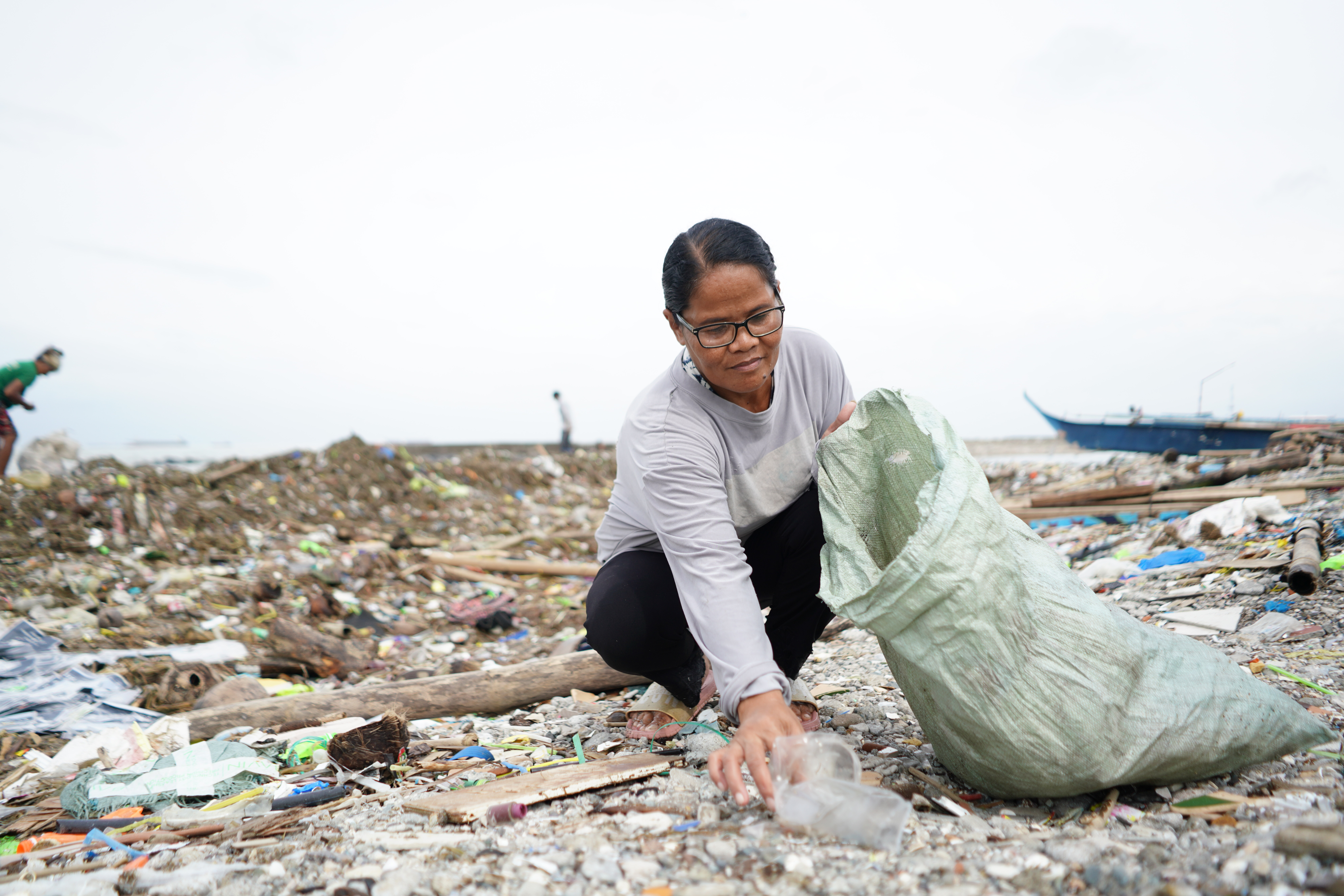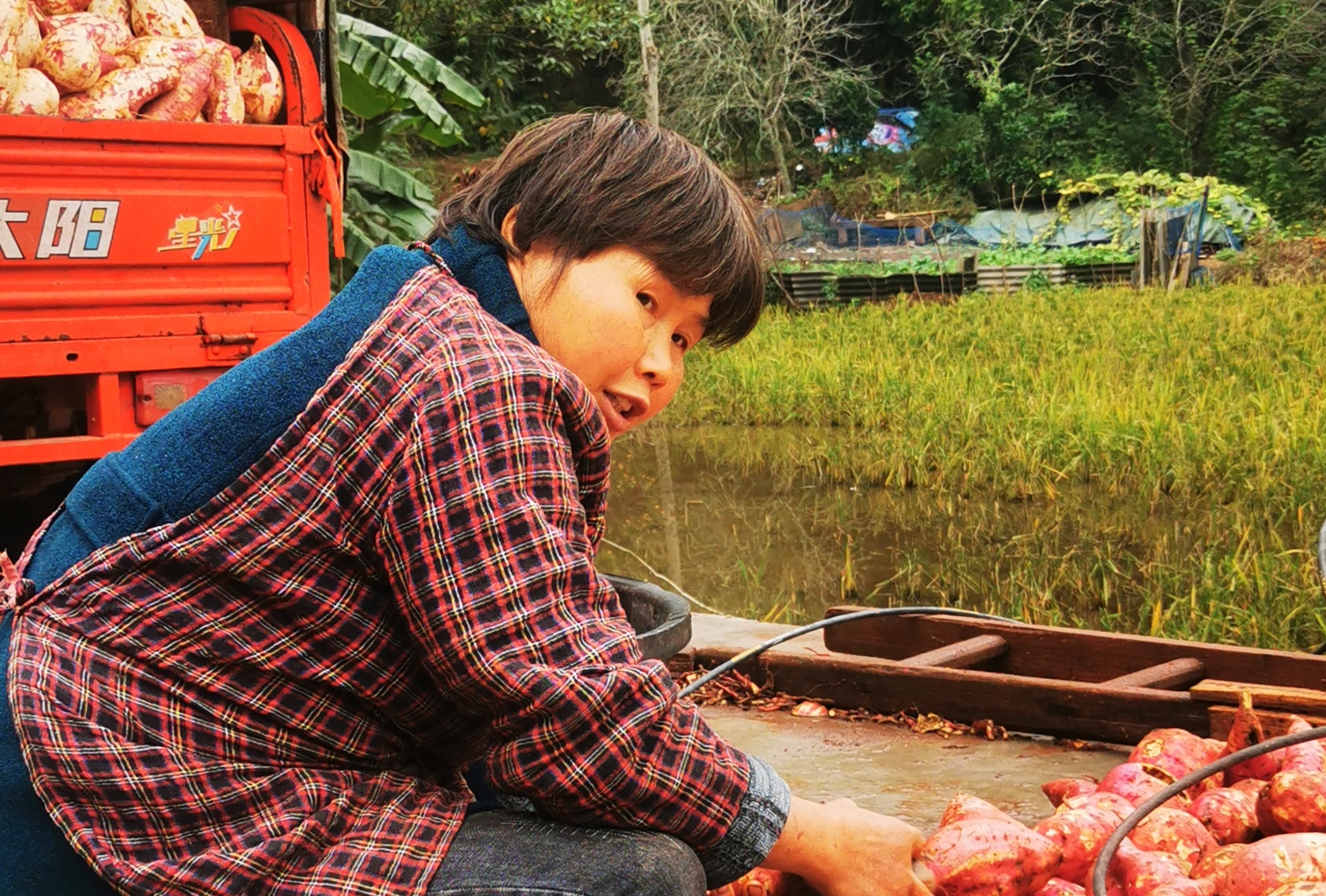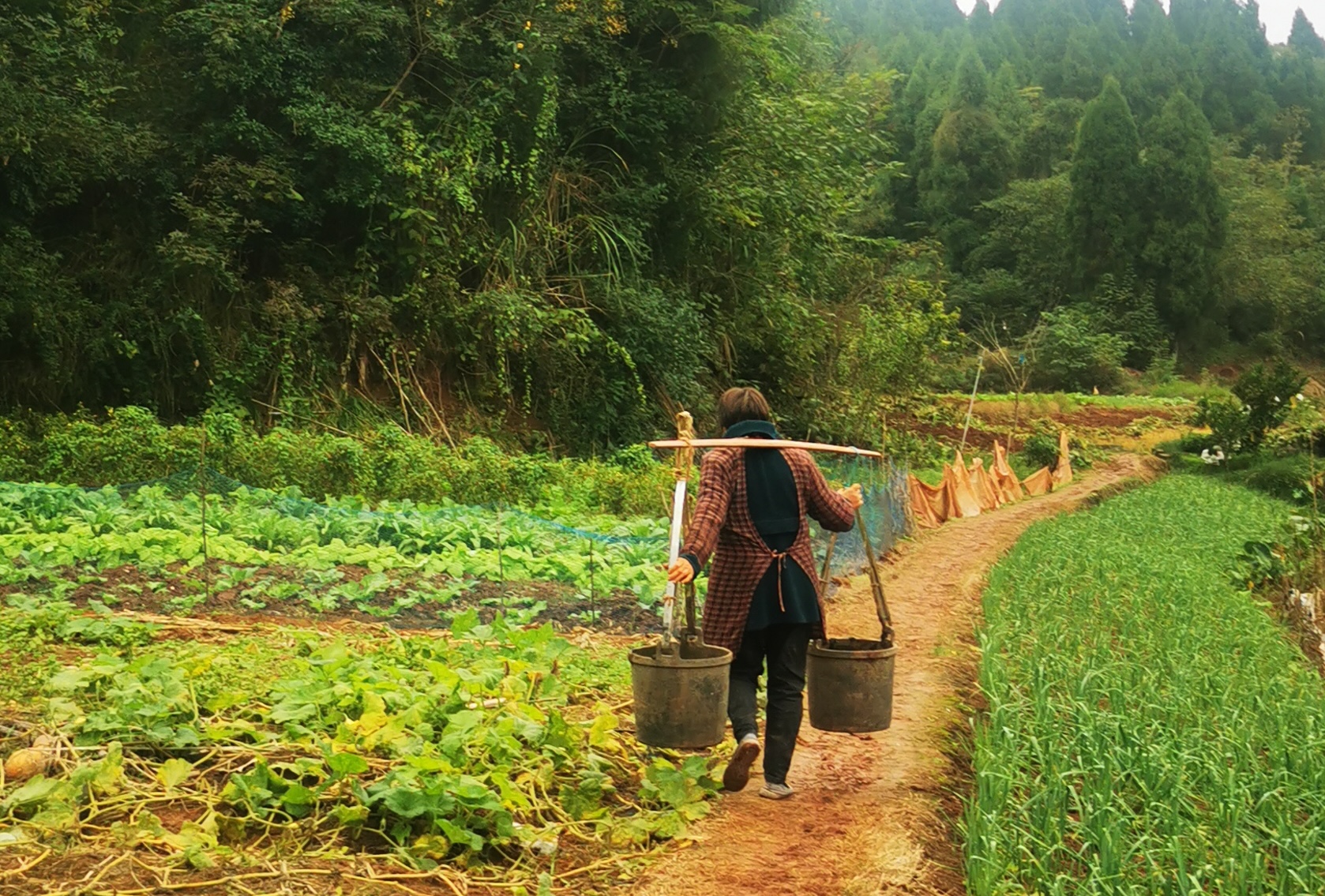


On 9th of July 2013, the “Methane recovery and utilization from industrial wastewater Project of Lianyungang Yida Alcohol Co., Ltd.” was successfully CDM registered, with effective date as per 29th of December 2012. It is developed by the Lianyungang Yida Alcohol Co., Ltd. and UPM’s cooperation partner Lakewood Carbon Corp. The project with CDM ref. 7729 locates in Ganyu County, Lianyungang City, Jiangsu Province, People’s Republic of China.
Yida Company has a 50,000 tons/yr alcohol production line which discharges 2,000 m3 of wastewater per day with initial COD of 55,000 mg/L. The wastewater is mainly treated in anaerobic lagoons. Lianyungang Lianhua Chemicals Co.,Ltd., plans to build a 40,000 tons/yr butanol and acetone production line. It is estimated that this production line will discharge about 4,000 m3 of wastewater per day with initial COD of 35,000 mg/L. Yida Company will build a wastewater treatment plant to treat the mixed wastewater.
The project activity will install a first stage continuous stirred tank reactor (CSTR) and a second stage expanded granular sludge bed (EGSB) to treat the wastewater. After the anaerobic reactors, the wastewater flows into the anoxic/oxic pond and settling pond. The outflow from aerobic facilities will meet the local wastewater quality standards (COD ≤ 500 mg/L), and would be discharged to the municipal wastewater treatment plant for further aerobic treatment. The biogas and the sludge from wastewater treatment will be utilized in the boilers to generate steam after further treatment.
The minimum requirement of the selection of the climate protection projects is a certification under the UN’s Clean Development Mechanism (CDM), which guarantee the fulfillment of the UN’s rules and verification by third-party auditors. In addition to the UN rules for CDM, careful attention is paid to compliance with additional criteria to ensure high quality of the projects. Thus climate protection projects are required to show impact over and above purely the reduction of CO2 and have a sustainable added value for the project countries (also known as co-benefits). The related co-benefits are for example, training of local workers, the support of local supply facilities, the protection of other environmental elements / resource protection, rural electrification, strengthening of local jobs and improving health.
The project will reduce greenhouse gas (GHG) emissions through avoidance of methane emissions to the atmosphere and reduction of coal consumption for steam generation. It is estimated that the proposed project activity will reduce approximately 120,000 tCO2e of GHG and save around 30,000 t of coal annually.
In addition, this CDM project will contribute effectively to China’s sustainable development by the following aspects:
For further information on this waste water treatment project and the availability of its Green CERs with full EU ETS eligibility, please contact:
Henning Huenteler, General Manager, UPM China
hhuenteler(at)upm-cdm.eu, T: +86 10 6468 0500-16
or
Martin Dilger, Managing Director, UPM Germany
mdilger(at)upm-cdm.eu, T: +49 89 414196-91
For CDM information and related documentation on this project, please visit the UNFCCC CDM project database.


